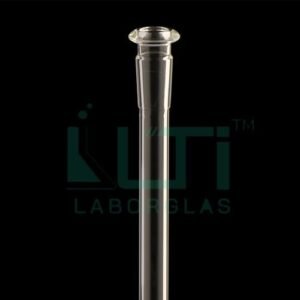- A normal pressure on the bulb permits the intake of the required quantity
- Used for repeated sampling
| PART No. | SIZE | Capacity (ml) | Pack QTY. |
| 3490-5 | SMALL | 5 | 10 |
| 3490-10 | MEDIUM | 10 | 10 |
| 3490-15 | LARGE | 15 | 10 |
| 3490-25 | OVAL | 25 | 10 |
| 3490-50 | SUPER LARGE | 50 | 10 |
Here are some key uses and features of pipette bulbs:
- Liquid Transfer: Pipette bulbs are primarily used to aspirate and dispense liquid samples with precision. They are often used in conjunction with various types of pipettes, such as volumetric pipettes, serological pipettes, and micropipettes.
- Avoiding Contamination: Pipette bulbs help prevent contamination by providing a barrier between the user’s mouth and the liquid being transferred. This is particularly important when working with sensitive samples or in applications where contamination can affect the results.
- Volume Control: Many pipette bulbs are designed with a squeeze-release mechanism that allows users to control the volume of liquid aspirated and dispensed. This feature enhances accuracy and reproducibility in experiments.
- Ease of Use: Pipette bulbs are easy to use and require minimal training. The user simply squeezes the bulb to create a vacuum, attaches the pipette tip to the liquid, and then releases the bulb to dispense the liquid.
- Compatibility: Pipette bulbs are often compatible with a variety of pipette sizes and types. They typically come with different adapters or fittings to accommodate various pipette models.
- Safety: Using pipette bulbs enhances safety by eliminating the need to use the mouth for pipetting, reducing the risk of exposure to potentially hazardous substances.
- Autoclavable: Many pipette bulbs are designed to be autoclavable, allowing for sterilization and reuse. This is crucial in maintaining a sterile working environment, especially in biological and medical laboratories.
- Versatility: Pipette bulbs can be used in various laboratory settings, including molecular biology, microbiology, chemistry, and clinical laboratories.







